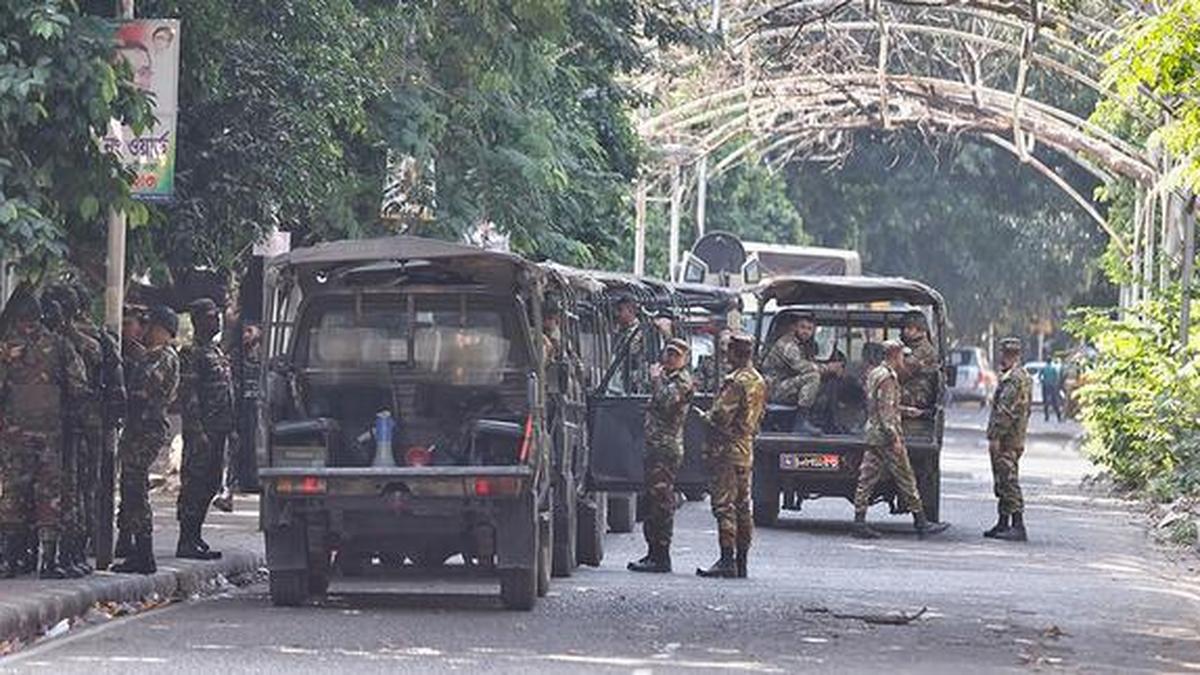“Consciousness,” although challenging to define, can be thought of as a first-person awareness of one’s surroundings and oneself. You sense the world through your eyes, nose, ears and hands, and track your internal bodily states via interactions…
Author: admin
-

Everyone needs a place to sit and simply hear themselves think
It is not nearly so far a journey as you’d expect between flying and frying. At 10, my father sent me down to the small youth club at the bottom of the hill behind our house in London to study judo. Our dojo master Tom must have been in his 50s…
Continue Reading
-

Scientists Just Found Another Way Antarctica Is Falling Apart
The West Antarctic Ice Sheet covers some 760,000 square miles and is up to 1.2 miles thick. If it were to ever melt away entirely, it would add 10 feet to global sea levels. Even considering how quickly humans are heating the…
Continue Reading
-

‘The Artist’ review: Big stars and historical figures fill an odd comedy
The first, or maybe the second thing to be said about “The Artist,” a six-part comedy written and directed by Aram Rappaport, is that it streams from the Network, a free ad-supported streaming service Rappaport created to release his…
Continue Reading
-

Dmitry Glukhovsky on exile, censorship and the dystopia of modern Russia
Russian novelist and playwright Dmitry Glukhovsky poses for a portrait as people walk by, October 12, 2025. REUTERS/Jaimi Joy
For the past 20 years, writer Dmitry Glukhovsky has observed Vladimir Putin’s Russia from extremes of proximity and…
Continue Reading
-
Robertson’s return: “In SailGP you’ve got to perform, otherwise you’re out” – SailGP
- Robertson’s return: “In SailGP you’ve got to perform, otherwise you’re out” SailGP
- ‘Lot of money on the line’ – How £2.6b industry influenced SailGP’s bold new innovation talkSPORT
- Red Bull Italy signals a major reset as New…
Continue Reading
-

Bangladesh court sentences Sheikh Hasina to 21 years in jail in corruption cases
Bangladeshi rAmy soldiers guard outside the demolished residence of Sheikh Mujibur Rahman, Bangladesh’s former leader and the father of the country’s ousted Prime Minister Sheikh Hasina.
…Continue Reading
-

Celebrity Traitors star Ruth Codd recovering after second leg amputation
Pete AllisonCulture reporter
 Getty Images
Getty ImagesRuth Codd had said before her operation she hoped to feel “pretty unstoppable” after the procedure Celebrity Traitors player and actress Ruth Codd has said she is recovering after a second leg amputation…
Continue Reading
-

Demand for Cold Insulation in USA | Global Market Analysis Report
Demand for Cold Insulation in USA Forecast and Outlook 2025 to 2035
The demand for cold insulation in the USA is expected to grow from USD 3.1 billion in 2025 to USD 6.4 billion by 2035, reflecting a compound…
Continue Reading
-

Kevin Spacey to Face More Sexual Assault Claims in London Civil Court
Disgraced actor Kevin Spacey will face three more civil claims of sexual assault in London next year.
BBC News reported on Wednesday that the claims have come from three separate men, who allege the House of Cards star assaulted them…
Continue Reading
